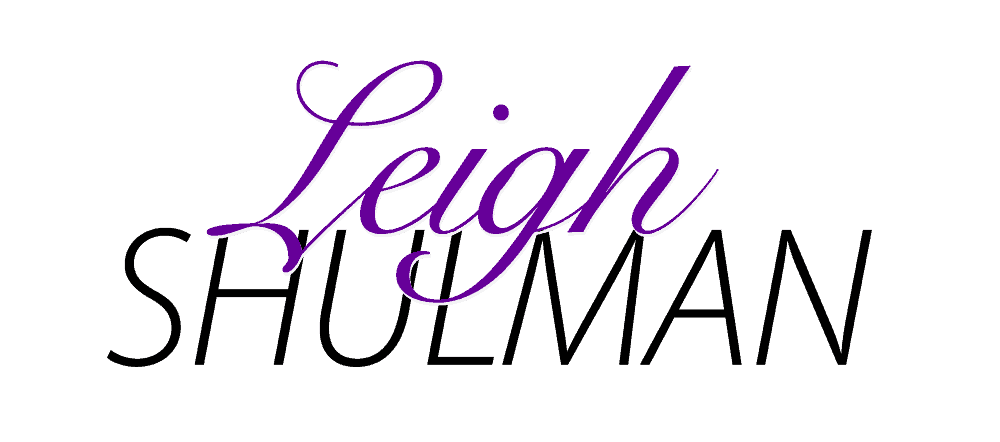It’s not a secret that when you want to perfect your manuscript,, it’s all about choosing the right tools and resources. They’ll not only enhance your writing but also streamline the editing process. Over the years, I’ve discovered some essentials that have helped me—and countless other writers—refine and polish stories until they’re ready to be shared with the world.
Here are 10 tools and resources that I highly recommend for any writer looking to take their manuscript to the next level:
- Thesaurus: Finding the Perfect Word
- Emotion Thesaurus: Show, Don’t Tell
- Text-to-Speech Reader: Hear Your Writing
- Story Grid: Structuring Your Story
- Save the Cat Writes a Novel: Story Beats and Structure
- Kindlepreneur: Navigating Self-Publishing
- Write a Query: Focus on Your Story
- Grammarly: A Final Polish
- Google Docs: Share and Collaborate
- AI Tools for Editing: A Range of Options
Let’s dive into each tool!
1. Thesaurus: Finding the Perfect Word
Using a thesaurus is one of the most effective ways to refine your language. However, the goal isn’t to use long, fancy words but to find the right word. It’s important to ensure that the word you choose matches the tone of your story and the voice of your characters.
Ask yourself: Does this word truly reflect the mood of the scene? Does it sound natural for your characters to say?
A thesaurus, whether it’s a physical book or an online tool, can be your best friend in crafting a story that flows seamlessly.
2. Emotion Thesaurus: Show, Don’t Tell
As Anton Chekhov famously said, “Don’t tell me the moon is shining; show me the glint of light on broken glass.” This principle is key in writing compelling fiction. The Emotion Thesaurus helps you show emotions rather than tell them.
For instance, instead of simply writing that a character is angry, you might describe their clenched fists or the gritting of their teeth.
This tool provides an incredible range of internal sensations and mental responses, allowing you to craft scenes that feel dynamic and alive. Check it out here.
3. Text-to-Speech Reader: Hear Your Writing
Reading your story out loud is one of the best ways to catch mistakes and awkward phrasing. If you get rid of reading it yourself, a text-to-speech reader can do it for you. Tools like Read Aloud text-to-speech reader allow you to hear your writing and catch areas that don’t quite sound right. Many of the changes you need to make will become obvious just by listening. Check out this overview of options here.
4. Story Grid: Structuring Your Story
Story Grid offers a comprehensive system for writing fiction, regardless of genre. It includes a list of obligatory scenes and elements for specific genres, which can be incredibly helpful when you’re shaping the structure of your story. However, don’t force your story into the framework; instead, let it spark ideas and provide guidance. It’s about using the resources in a way that benefits your narrative. Learn more here.
5. Save the Cat Writes a Novel: Story Beats and Structure
Save the Cat is another fantastic resource for structuring your novel. This framework breaks down the essential elements of a story, helping you create a well-paced, satisfying experience for your readers. It’s a great tool for laying out your story’s sections, but don’t worry too much about following every step. Use it as a guide to unlock new ways to shape your narrative. Explore more here.
6. Kindlepreneur: Navigating Self-Publishing
For writers looking to self-publish, Kindlepreneur is a one-stop shop for everything from formatting to marketing. It’s packed with tips on publishing and promoting your book, whether you’re going the traditional route or self-publishing. One of the best aspects of Kindlepreneur is its focus on both the creative and business sides of being an author. Discover it here.
7. Write a Query: Focus on Your Story
Even if you’re not yet ready to send your manuscript to agents or publishers, writing a query can be a valuable exercise. Queries require you to be concise and clear about your book’s plot, characters, and themes. By crafting a query, you can refine your understanding of your story and make sure your manuscript reflects your core ideas. For help with query letters, I always recommend Jane Friedman’s website, which offers practical advice on the subject. See her query writing overview here.
8. Grammarly: A Final Polish
Grammarly is a great tool for catching grammar mistakes and improving sentence structure. While the free version is helpful for basic corrections, the premium version goes deeper, analyzing tone and style. Just keep in mind that Grammarly’s suggestions aren’t always perfect for creative writing, so it’s essential to make the final call based on your story’s voice.
9. Google Docs: Share and Collaborate
When it comes to sharing your manuscript for feedback, Google Docs is one of my go-to tools. It allows others to leave comments and suggestions in real-time, making it easy to collaborate with beta readers, critique partners, or editors. I also use Google Docs to store my drafts and send final versions to clients or publications. It’s a simple, yet effective way to stay organized.
10. AI Tools for Editing: A Range of Options
There are a host of AI tools available to help you with your editing process, each offering unique features. From Scrivener to ProWritingAid, Autocrit, the Hemingway app, and Reedsy Studio, these tools range in price and capabilities. Some are designed to help manage your research, others focus on analyzing the voice and tone of your manuscript, while some are excellent at checking the structure of your book.
Each tool brings something different to the table, so it’s worth exploring a few to see which one fits your needs best. You can even check out this comparison to evaluate the features and benefits of various AI editing tools.
Editing is a crucial part of the writing journey, but it doesn’t have to be overwhelming. With the right tools and resources, you can refine your manuscript into something truly special, all while connecting with other writers who are on the same path. Happy editing!

